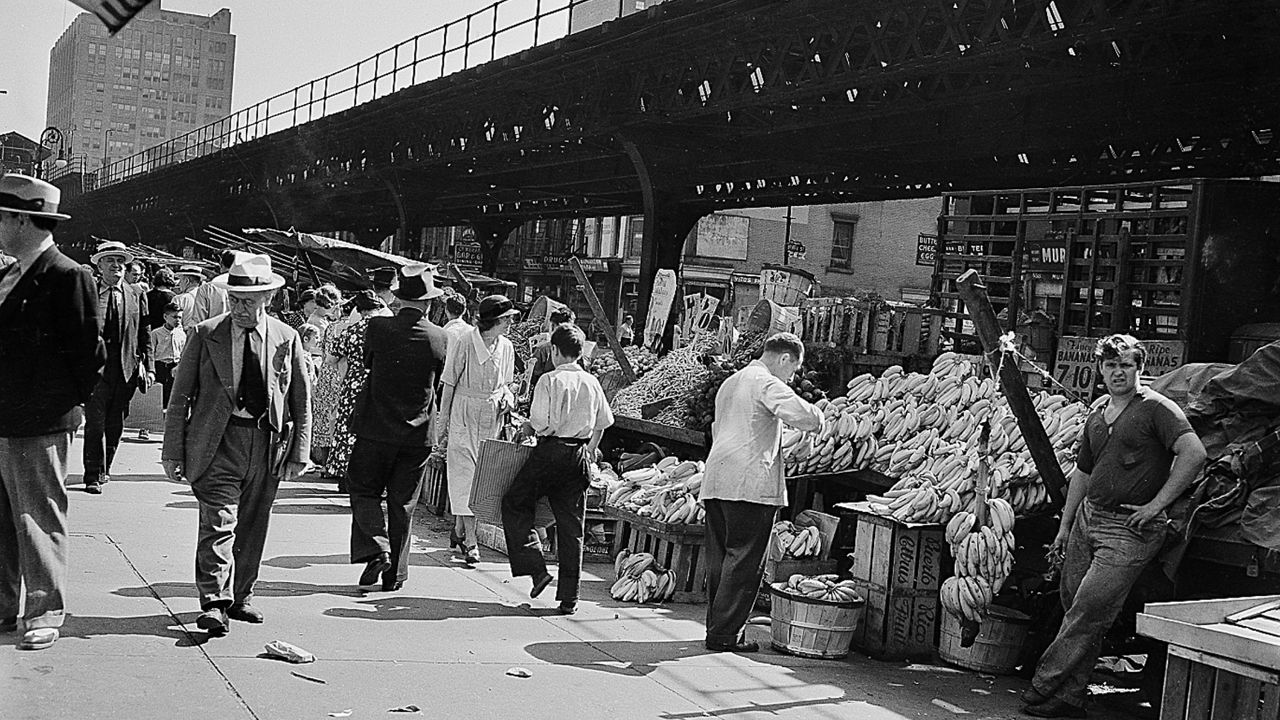NEW YORK — Five sites in New York City have been nominated to be added to the State and National Registers of Historical Places, state officials said.
A total of 21 locations throughout the state have been nominated, including two in Brooklyn and one each in Queens, the Bronx and Manhattan.
Recognition by the register would allow owners of the sites to gain access to revitalization assistance, public preservation programs, state grants, tax credits and other benefits, according to Gov. Kathy Hochul’s office.
“As we reflect on the broad and diverse history of the Empire State, these nominations represent the places behind the inspiring stories from our past,” Hochul said in a statement Thursday.
There are currently more than 120,000 historic properties throughout the state listed on the National Register.
In order to be added to the list, nomination locations must be approved by the commissioner, who serves at the State Historic Preservation officer, and first added to the State Register.
Once listed on New York’s register, the sites are nominated to the National Register and further reviewed.
These are the nominations from New York City:
Kent Manor, Queens - Built in 1937, this garden apartment complex in the Kew Gardens was designed by Jewish architect Benjamin Braunstein. The Georgian Revival buildings maximized light, air, and open space while creating a variety of apartment types suited to middle-class renters. The families living in Kent Manor were a mix of native New Yorkers, Jewish refugees from Europe, and newcomers to New York of different races and backgrounds. Renamed Hampton Court in 1987, the apartment complex remains in use as a co-op and continues to serve a diverse mix of residents.
Hunts Point Rail Station, Bronx - Built between 1908 and 1909 and designed by Cass Gilbert, this now-vacant rail station was part of the newly expanded Harlem River Branch line of the New York, New Haven & Hartford Railroad Company and represents the expansion of New York City's transportation during the early 20th century. Despite the loss of the lower portion of its façade, the building retains much of its French Renaissance design and integrity to convey its function and significance as an important rail station. After the railroad sustained financial failure in 1937 and passenger service there ended, the station was used for retail stores for several decades.
Boulevard Houses, Brooklyn - This 26-acre development by the New York City Housing Authority reflects the city's efforts to provide affordable housing after World War II, when thousands of discharged servicemen a week were returning to the city, causing a sudden and severe housing shortage. Boulevard Houses reflects architecture and planning ideals of European modernists but on a more modest scale. Built between 1949 and 1950, the complex features 18 residential buildings containing some 1,400 units and located on two superblocks divided by a central landscaped mall.
Fiorentino Plaza, Brooklyn - This 160-unit public housing project is composed of eight four-story buildings that opened in 1971. Built for the New York City Housing Authority under the Model Cities program, the complex represents the "vest pocket" design approach, which called for downsizing projects to match the character of surrounding low-rise residential areas. This design was in response to criticism that earlier high-rise superblock housing projects caused excessive neighborhood displacement and concentration of potential social problems.
Paddy's Market Historic District, Manhattan - Located in the Hell's Kitchen neighborhood, this district includes dozens of historic tenement buildings, as well as commercial and industrial buildings, a church and former stable. Most buildings were constructed during the second half of the 19th century, as New York City's immigrant population boomed. Between 1885 and 1939, the area was the location of a large, open-air market called Paddy's Market, which featured food products from dozens of different nationalities. After the market closed, many similar vendors opened in first-floor storefront locations. The name Paddy's Market is still used to describe the current stretch of international food stores and restaurants.








